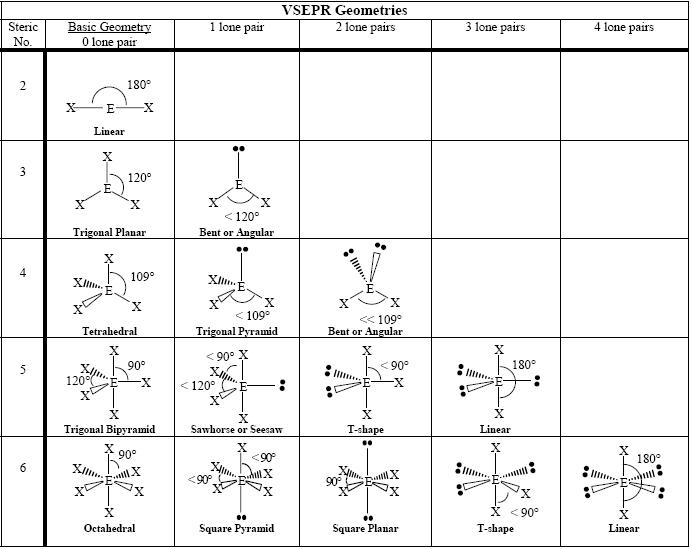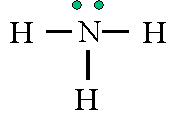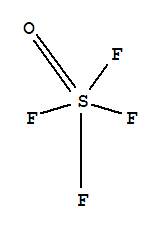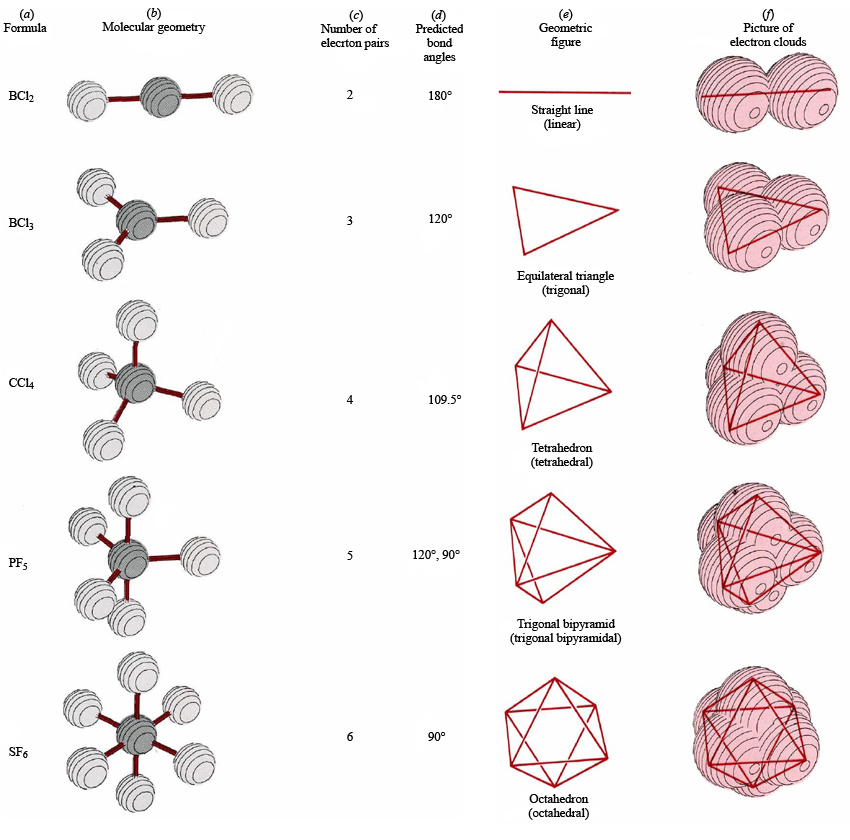
Find the central molecules' steric numbers.
This is the total number of electron pairs and bonds with other atoms.
Take, for example, ammonia:

#N#, the central atom, has a steric number of #4#, calculated by the #3# atoms it's bonding with #+1# lone pair.
Thus, it is in the form #AX_3E_1#, which forms a trigonal pyramidal shape.
Consider #SOF_4#.

Its steric number is #5# due to the #5# bonded atoms to the central #S# atom plus #0# lone electron pairs. As it has a VSEPR shape #AX_5E_0# it is a trigonal bipyramid.
An easy way to remember all the shapes:

Each steric number has a same "basic shape":
#2#: line
#3#: trigonal plane (a flat equilateral-triangle-looking shape)
#4#: tetrahedron (a triangular pyramid)
#5#: trigonal bipyramid (a trigonal planar shape with two "spokes")
#6#: octahedron (a flat square with two "spokes")
Once there are any electron pairs, one spoke of the original shape gets "eaten up": for example, a #AX_4E_2# is an octahedron shape, but the two "spokes" are taken up by electron pairs, so you're left with just the square—a square planar shape.
Similar logic applies to all the shapes, you just have to remember which "spoke" will be taken up by an electron pair.




